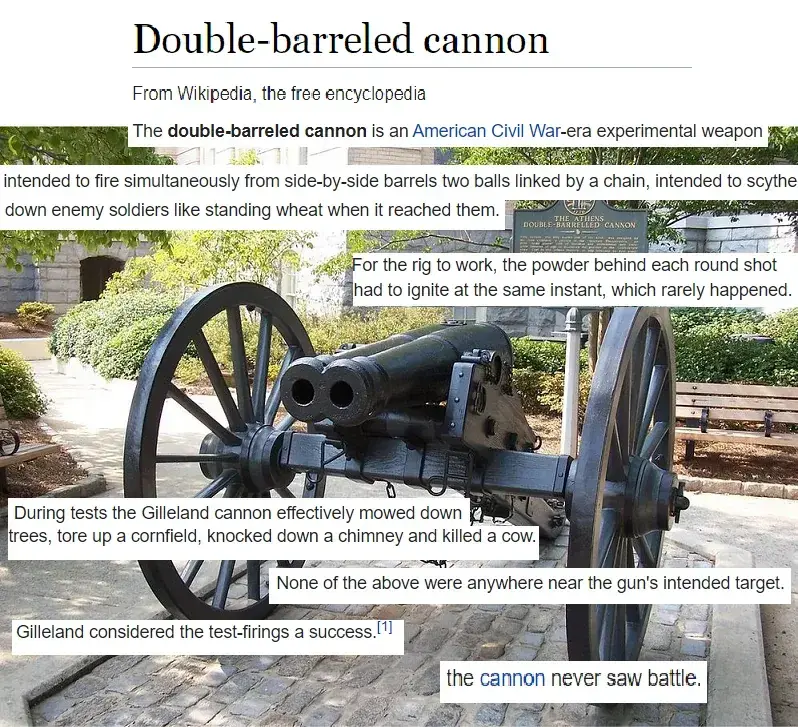this post was submitted on 13 Sep 2023
0 points (NaN% liked)
NonCredibleDefense
3528 readers
2 users here now
Rules:
- Posts must abide by lemmy.world terms and conditions
- No spam or soliciting for money.
- No racism or other bigotry allowed.
- Obviously nothing illegal.
If you see these please report them.
Related communities:
founded 1 year ago
MODERATORS
you are viewing a single comment's thread
view the rest of the comments
view the rest of the comments

It's funny because the Sgt York was actually exceptional, as one of the pilots who had to test against it discussed at length.
And given how murderously effective the Gepard has proven in Ukraine, I'm inclined to agree with his assessment